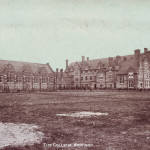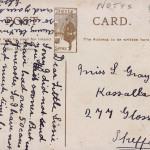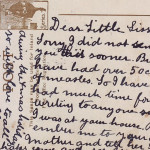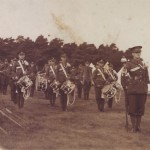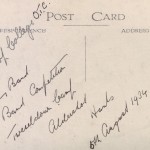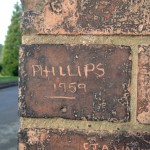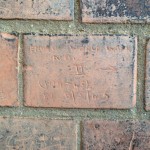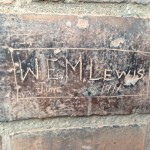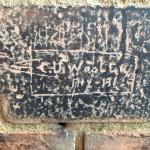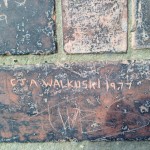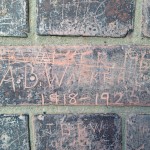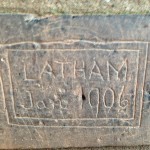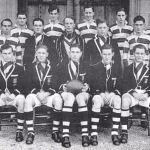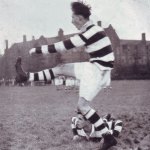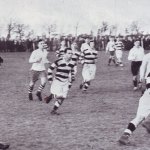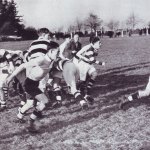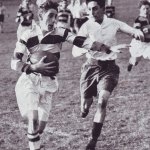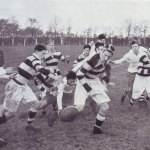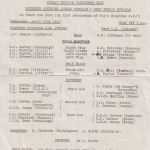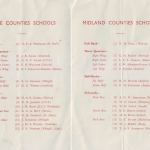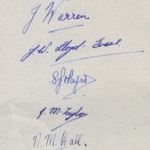Once upon a time, the majority of photos doing the rounds were in the form of postcards. This was probably due to the fact that cameras weren’t owned by many, even those wealthy enough to attend a private school! One of the nice things about postcards is that some of them (most are unused, sadly) were actually used as a method of communication and contain some very interesting information.
Here we see a postcard from the 1900s showing Cuthbert’s College on a (seemingly) cold day. It has to be said that the photographer could have chosen a better shot – it all looks a bit depressing – although that could-well be snow and not mud! Judging by the halfpenny (Edward VII) stamp, this card was probably sent between January 1902 – 25th November 1904, which tallies with the lack of buildings visible.
- Front
- Reverse side
- The message (rotated)
The message penned onto the postcard speaks of a measles epidemic (over 50 cases) – sadly such outbreaks were not uncommon at the time and the fact that nearly all Victorian boarding schools still have a sanitarium speaks volumes. The signature on the card cannot be made out and the recipient (Miss F Gray) doesn’t correspond to anyone going by the same surname whom left Cuthbert’s College in the early 1900s. Aside from looking at the 1901 census information – we’ll just never know.
Interestingly if you do a bit of online digging, you’ll find that between 1905 – 1925 a dental surgeon named Arthur Joseph Gray is listed as practicing from 277 Glossop Road, Sheffield. It is safe to assume that Dr Gray was at the same address prior to 1905, Miss F Gray was his daughter and the fact that the writer of the postcard calls her ‘little sissie’ indicates he was also a sibling. Why the author isn’t mentioned in any College rolls again remains a mystery.
Edit: Or maybe it’s no mystery at all… Sadly there is an E.J.W. Gray listed on the 1914-1918 Roll of Honour and the signature on the postcard appears to start with an ‘E’. This doesn’t explain the use of an old stamp (I am of course no expert on stamps); the postcard could just have been an old edition.
Edis John William Gray was a member of the Durham Light Infantry (Second Lieutenant); the following is an extract from the Cuthbertian, December 1916:
We have received the following news of E. J. W. Gray from his parents: “He has been missing since Loos, September 26th, 1915, when doubling back with his men about 1:30 p.m. We are told he was wounded in both knees, and his men do not seem to have been able to bring him in. Three other officers and from 30 to 40 men are missing also, and we hear when the Guards re-took the hill on Sunday night the ground had been cleared. Under these circumstances we have not given up hope”.
Edis was never found.

